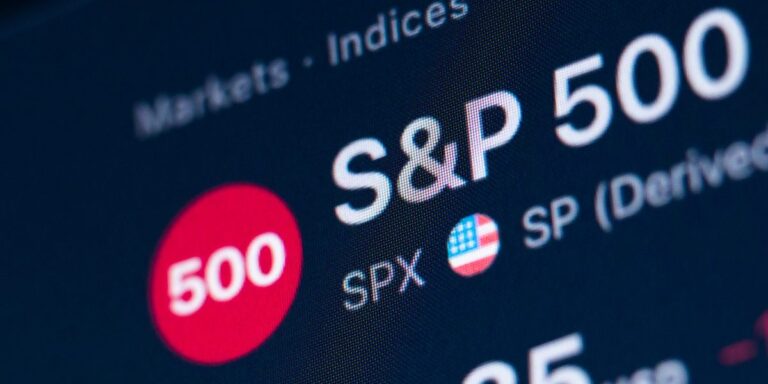The Magnificent Seven have been largely responsible for driving the S&P 500 to record highs this year, but investors’ obsession with a handful of big tech stocks may be waning, according to Bank of America.
The “Magnificent Seven” — named after the movie — Alphabet, Amazon, Apple, Meta, Microsoft, Nvidia and Tesla have been responsible for much of the S&P’s surge this year, with Nvidia alone accounting for a third of the index’s gains. But analysts at Bank of America expect “493 other companies” to join the rally as second-quarter earnings reports begin.
“Growth is expanding and so should the market,” analysts Orson Kwon and Savita Subramanian wrote earlier this week.
Indeed, for stocks outside the Magnificent Seven, earnings growth is forecast at an annualized rate of 6% in the second quarter of 2024, 7% in the third quarter, and 13% in the fourth quarter. At the same time, Bank of America expects the Magnificent Seven’s growth to stagnate in the second quarter, and overall, analysts are expecting a “typical 2% forecast excess” for S&P 500 earnings per share in the second quarter, “in line with the historical average,” but the smallest since the fourth quarter of 2022.
BofA said that while tech companies will use layoffs and other measures to cut costs and restore profits in 2023, the other 493 companies are now beginning to lay off more employees, “suggesting there is room for further cost reductions in non-tech sectors,” the analysts wrote.
“We believe that cost-reduction initiatives should result in improved profitability for the remaining 493 aircraft in 2024-25,” they continued.
Alphabet, Amazon, Apple, Microsoft, Meta and Nvidia have all outperformed the S&P 500 so far this year, with Tesla trailing but regaining momentum in recent days. This dominance by a small number of companies has some investors worried. As Apollo Global Management chief economist Torsten Slok pointed out in late June, the index’s top 10 companies account for 35% of market capitalization and 23% of revenue. That makes the S&P 500 more “fragile” than it has been in decades.
“The problem with the S&P 500 right now is not just high concentration, but also record bullishness about the future earnings of a small number of companies,” Slok wrote.

